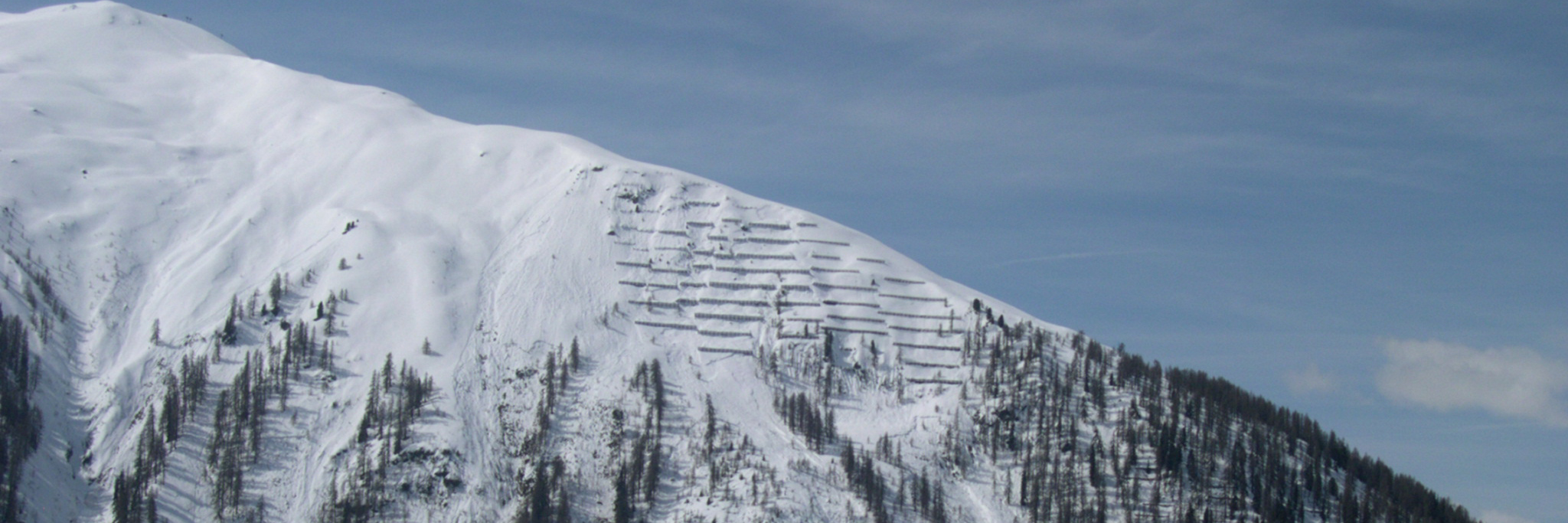
Switzerland and climate change ¶
Climate change does not spare Switzerland - on the contrary. At WSL and SLF we are investigating the influence of a changing climate on ecosystems, especially on forests, on biodiversity, on natural hazards and on water resources, including snow and ice. We document the climatic alterations and explore solutions to minimise the risks of climate change.
Content ¶
Climate reconstruction and documentation ¶
Impacts of climate change ¶
Adaptation to climate change ¶
Climate change mitigation ¶
Contact ¶
- Climate adaptation and society: Matthias Buchecker
- Climate adaptation strategies of cities, regions and sectors: Marco Pütz
- Climate and CO2: Esther Thürig
- Climate and forest pest insects: Martin Gossner, Simon Blaser
- Climate and natural hazards: Christoph Hegg
- Climate and silviculture: Kathrin Streit, Jonas Glatthorn
- Climate and tree diseases: Valentin Queloz, Simone Prospero
- Climate change: Martine Rebetez
- Drought: Manfred Stähli
- Extreme events and natural hazards in mountain regions: Peter Bebi
- Flooding: Massimiliano Zappa
- Forest ecology: Arthur Gessler, Thomas Wohlgemuth
- Forest fires: Marco Conedera, Thomas Wohlgemuth
- Forest health: Valentin Queloz
- Forest modelling, species migration: Niklaus Zimmermann, Heike Lischke, Loïc Pellissier
- Landscape: Matthias Bürgi, Silvia Tobias
- Mountain ecosystems: Christian Rixen
- Mountain forests and forest lines: Peter Bebi
- Neophytes: Michael Nobis
- Neozoa: Simon Blaser
- Permafrost: Marcia Phillips
- Plant physiology: Roman Zweifel
- Snow reliability and snow measurement series: Christoph Marty
- Wood production and harvest, energy wood, forest economics: Janine Schweier, Roland Olschewski




















